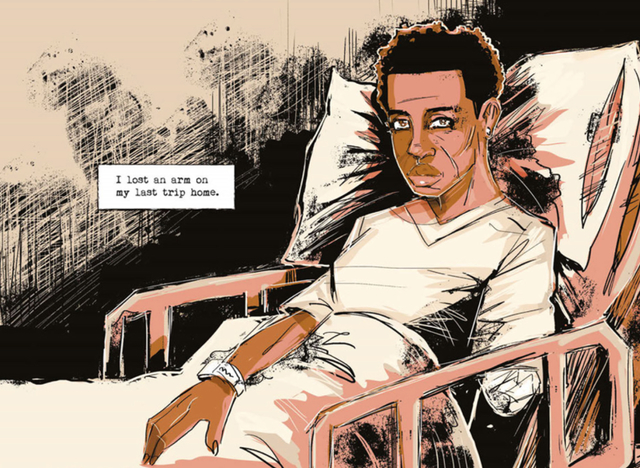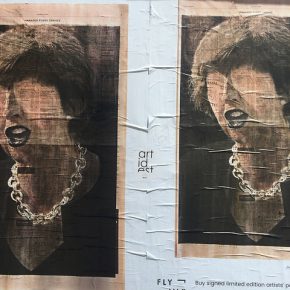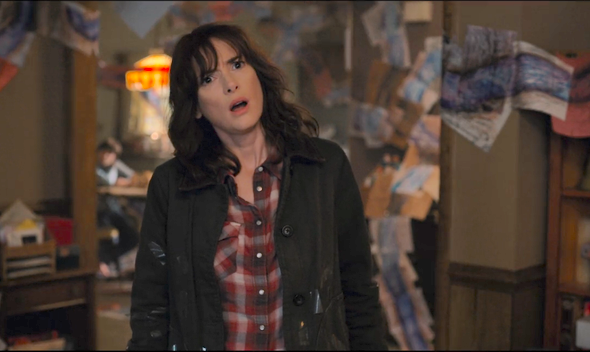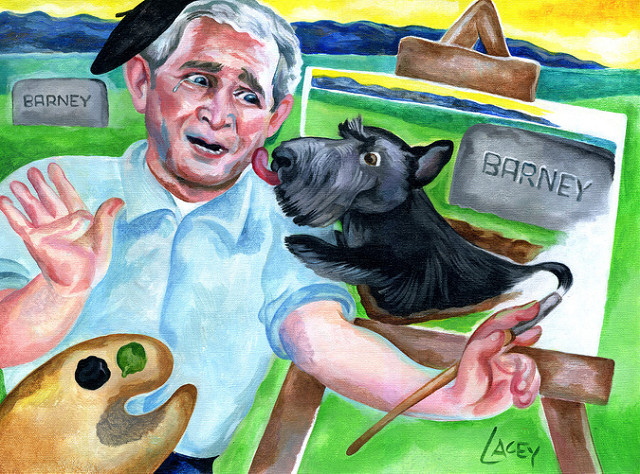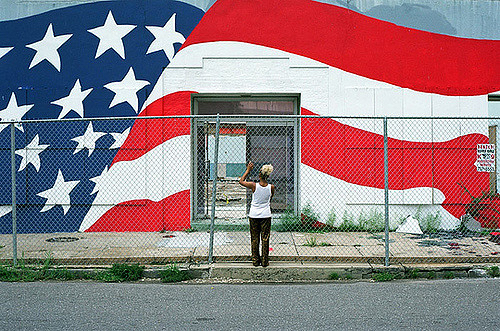Since its publication in 1979, Octavia Butler’s Kindred has become a work of extraordinary popularity. It is a common item on high school reading lists and university syllabi throughout the United States, as well as having appeared globally in dozens of translations. Damian Duffy and John Jennings’s new graphic edition of the novel invites new audiences to experience its storytelling power, while providing new insights for those who know it already.
Kindred is an accessible neo-slavery fiction, one that appeals to both adult and youth markets, but that is not all. It tells the story of a young African-American woman from Los Angeles mysteriously transported back in time to Jacksonian-era slavery in Maryland. where she encounters the horrors of life as a black woman. Yet the novel is equally the story of Butler’s reaction against the end of the Civil Rights Movement, persistent white supremacism, and the white backlash that culminated in the election of Ronald Reagan.
Following the end of legal segregation in the 1960s — more of a rough historical marker than the advent of a new social reality for African Americans — a new ideology of color-blind racism advanced in the United States. This new variant focused on individual responsibility in order to avoid looking seriously at structural racism and its historical sources. Color-blind racism treats slavery as past history, whereas nearly the whole of US black society – excepting a tiny sliver of African American reactionaries exemplified by Ben Carson – understands the inheritances of slavery as integral to the present day.
The time-transport premise of Kindred asks the questions “What would we understand if we could return and experience slavery? How would it change us?” Dana, the protagonist and a young black writer, becomes a fictional means of exploring these very real questions. Much of the novel concerns her evolving relationships with her white husband, Kevin, and Rufus Weylin, the abusive and alcoholic slaveholder she eventually kills after repeated time-returns to visit different points in his life. Readers come to comprehend that the novel’s inter-racialism points in both positive and negative directions, to either a black-white couple strengthened through shared historical experience or an antagonized violent relationship that can end only in destruction.
Damian Duffy, who adapted the text, and John Jennings, the artist, both have lengthy involvements with African-American comix. Their work has been linked for years through the Eye Trauma Studios collective. Duffy and Jennings join the earlier slavery-related graphic novels of Kyle Baker and his Nat Turner series (2005-2008), the Lagos brothers’ The Sons of Liberty series (2010-2012), and others who have used graphic literature to address the legacies of slavery. It is not just the representation of slavery’s violence that brings these works into parallel. Because the visualization of slavery demands acts of artistic witness, these artists are joining a tradition of antislavery activism. Graphic representation shifts slavery stories out of abstract self-visualization towards gritty encounters with pain, subordination, degradation, and persistent trauma. The theft of human life by slaveholders becomes palpable.
This graphic edition of Kindred employs a range of color sections – all-sepia, all-purple, mixed palette – to shape emotional moods and depict time period shifts. The present-day is sepia; the past is full-color, both centering the story in slavery days and questioning ways in which contemporary viewers treat the nineteenth century like a monochromatic daguerreotype. Duffy and Jennings concentrate much of the retelling on the corrupted evolution of Rufus Weylin from a small boy to a grasping, violent adult who needs slaves to avoid confronting his own loneliness and internal emptiness. The drawing responds to and effectively captures character moods from the text, especially Dana and Rufus in their angry antagonism toward each other.
This emotional responsiveness wthin Jennings’s drawing is one of the great strengths of this book, together with its careful design and respect for Butler’s original text. At critical points the graphic work underlines a central theme of the novel, the existentially linked and inseparable lives of its black and white characters. One of the most moving images of the book turns out to be its first, where a brooding Dana lies in a hospital bed with only one arm and a bandaged stump. She looks out at the reader and a dialogue box reads “I lost an arm on my last trip home.” The story is about to begin; past is about to become present; pain is about to become visible.
In her introduction, the Nigerian-American science fiction writer Nnedi Okorafor observes that Kindred “is a narrative that deftly connects America’s past, present, and future through the use of mysterious time travel. It’s a most unique slave narrative that is no less relevant and “realistic” than Incidents in the Life of a Slave Girl, Beloved, and 12 Years a Slave. What Okarofor, Duffy and Jennings identify is the vital presence of slave narratives in U.S. literature. Texts such as this new edition of Kindred retell how struggles for freedom and self-determination have and continue to preoccupy the public imagination. Slave and neo-slave narratives will be read long after the last Confederate statues have been taken down and sent to silent warehouses.
Image courtesy of Abrams ComicArts. All rights reserved.
